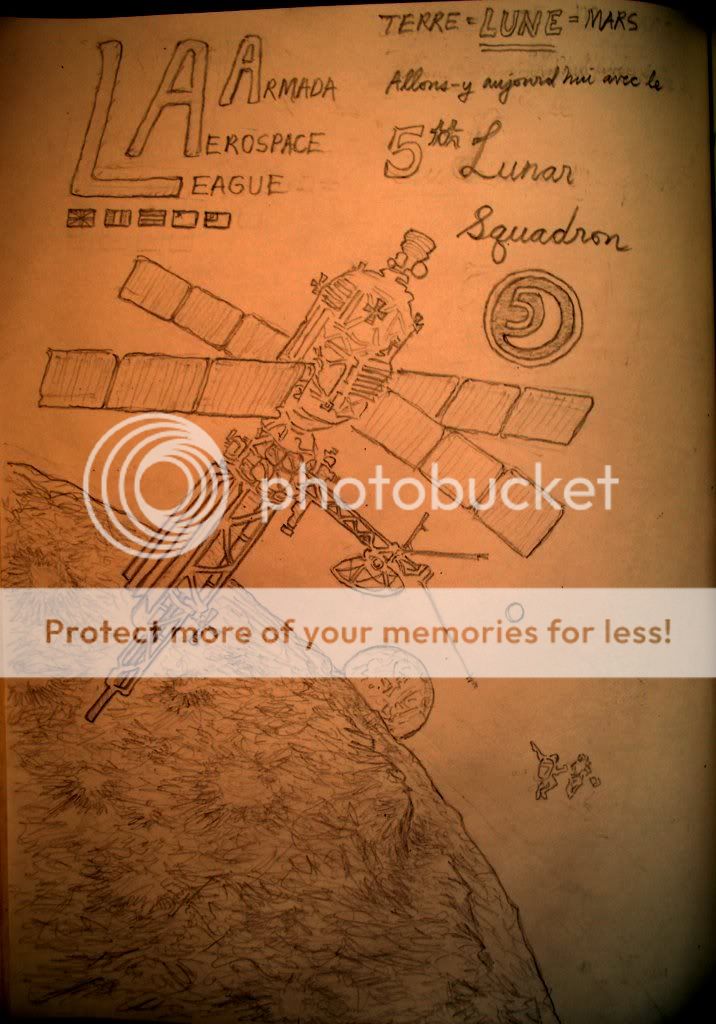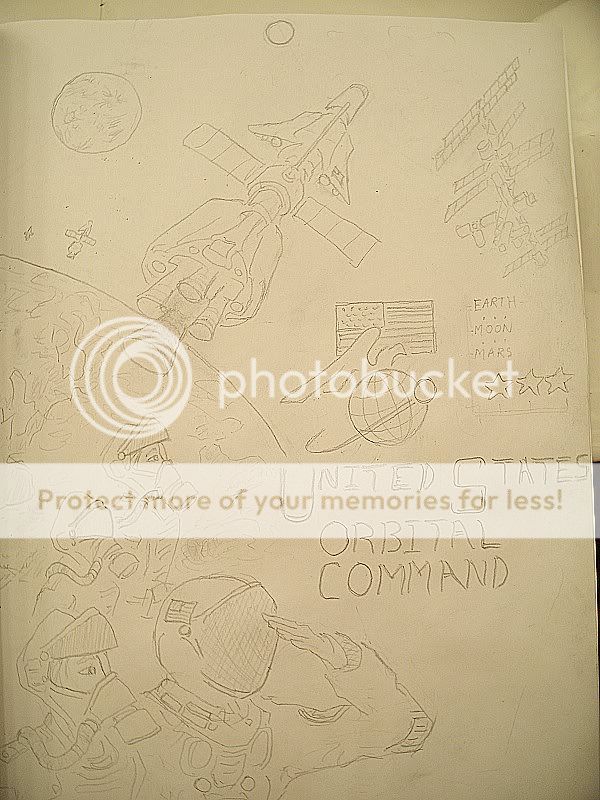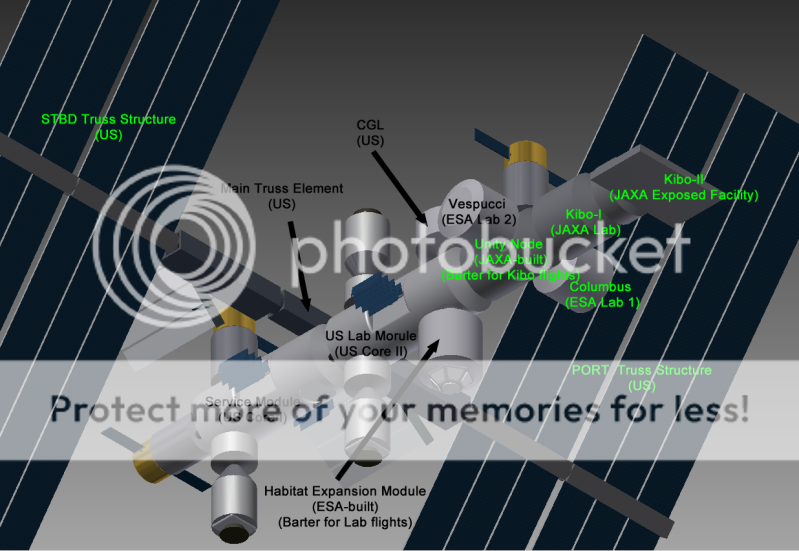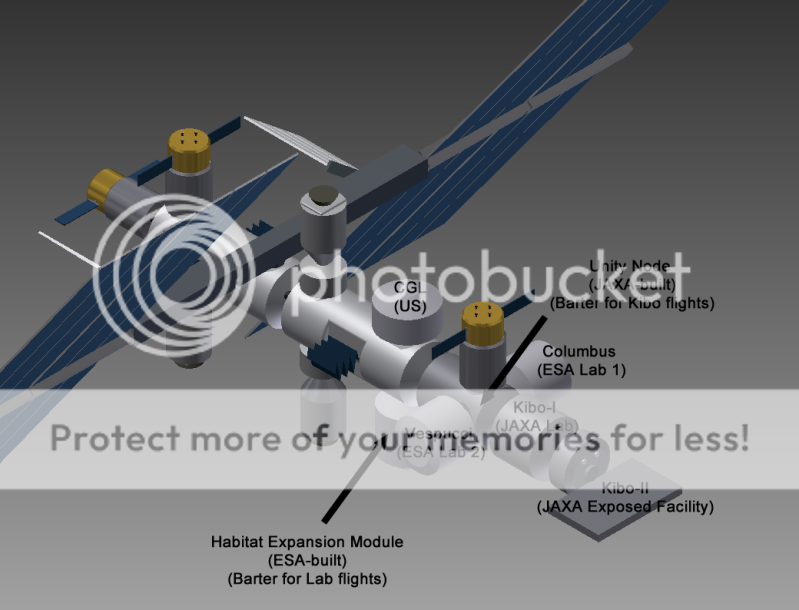Thomas Hobbes-class Patrol Boat
The lightest class of warship in the Coalition Navy, the
Thomas Hobbes-class fills a variety of roles both within and outside the Navy. Designed in 2655 to take advantage of advances in reactor technology, the
Thomas Hobbes-class is the first to incorporate dark energy/fusion hybrid reactors, now standard throughout all Coalition Navy warships. But this is its only luxury: the ship was designed as a demonstration for the reactor and crew comforts, communication technology and armament are lacking. The
Thomas Hobbes-class is armed with only ten point-defense EMSEL batteries and a thousand fifty-megaton nuclear missiles, lacks any form of energy shielding or artificial gravity and its life support can only sustain its crew of fifteen for a few weeks. Nonetheless, the
Thomas Hobbes has remained popular because it is extremely cheap to manufacture. The Coalition Navy has one and a half million of the vessels under its command, about half of the Navy's ships, with countless more in the hands of other groups. Although originally designed to escort the Coalition Navy's larger vessels, the
Thomas Hobbes has been modified to fill a variety of roles, including EMSEL point defense, planetary bombardment and light transport.







